AO Edited
Urban Post-Disaster Housing Prototype
An interim housing alternative to FEMA trailers that is designed for densely populated areas during recovery and rebuilding following a natural disaster.
Although Hurricane Katrina made landfall over 1,000 miles south of New York City, the storm had an impact there. There certainly was rain in the days after the 2005, Category 5 hurricane hit Louisiana and Mississippi but other effects were not meteorological.
Government officials in New York City realized that in a metropolis as populous and densely built as New York, it would not be logistically possible to house displaced residents in the trailers distributed by the Federal Emergency Management Agency (FEMA) following natural disasters. The administration also noted that large numbers of the New Orleans residents who relocated after the storm never returned to their hometowns. The city set out on a years-long, multi-stage search for a post-disaster housing solution that could keep New Yorkers in or near their own neighborhoods despite the absence of large open spaces. The Urban Post-Disaster Housing Prototype is one product of the initiative.
The program began in earnest with a design competition called “What if New York City…,” which challenged designers and policymakers to propose temporary housing solutions in a fictional neighborhood of Prospect Shore, following a hypothetical Category 3 hurricane. The competition brief provided a 200-day timeline of advance preparation, rescue, recovery and rebuilding. Over 100 submissions were received and 10 winners were awarded $10,000 to develop their proposals further. The competition submissions formed the basis for a comprehensive design specification that included principles, requirements, and performance standards.
The next step was to commission a prototype based on the specification. The city issued a Request for Expressions of Interest and American Manufactured Structures & Services was selected as the construction manager. Mark Line Industries, a company with extensive expertise in prefabricated buildings, constructed the prototype based on drawings by Garrison Architects and Anastos Engineering, firms in Brooklyn and Manhattan respectively.
It took several years to arrange funding but once the modular units were fabricated in 2014, it took only two days to transport them 677 miles from Indiana. It then took 13.5 hours to crane them into place and two weeks to connect the water service and utilities and otherwise ready the units for occupancy. Lessons about efficiency and cost-effectiveness were learned from each of these operations.
The finished structure contains three-bedroom apartments on the first and second floors and a one-bedroom unit on the third floor. Pursuant to the design specification, the apartments have universal design features such as showers that are flush with the floor and wide hallways. The kitchens are outfitted with stainless steel appliances and cabinets hand-built by Amish artisans. Although intended as interim housing, the structure has a useful life of 50 years, is relocatable and fully recyclable upon demolition.
Following installation, the prototype was subjected to evaluation. More than 50 city employees, many with design or project expertise, lived with their families for a week at a time and provided comments. The New York University Tandon School of Engineering assessed the comfort, ergonomics, and aesthetics of the units as living spaces. With the Red Hook neighborhood of Brooklyn as its study area, the Pratt Institute School of Architecture analyzed how and where post-disaster housing might be aggregated.
The logistical wisdom gained from fabrication, transportation, and installation, along with the post-installation evaluation, was used to revise the original design specification. Subject to the availability of materials and labor, the specification could be used by any manufacturer of factory-built homes to construct post-disaster housing. It is estimated that units could be delivered on-demand and where needed in as little as 2.5 months. To date, FEMA has not utilized the specification following a natural disaster and the prototype in Brooklyn is unique.
Know Before You Go
Tours of the interior have been discontinued.
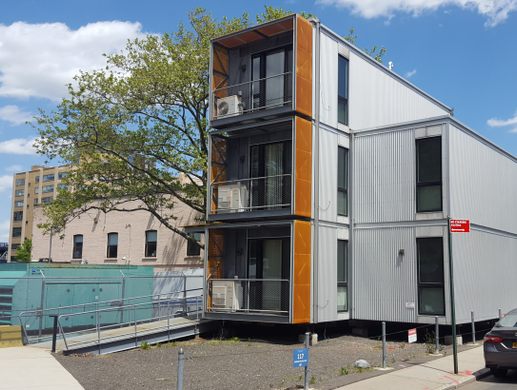
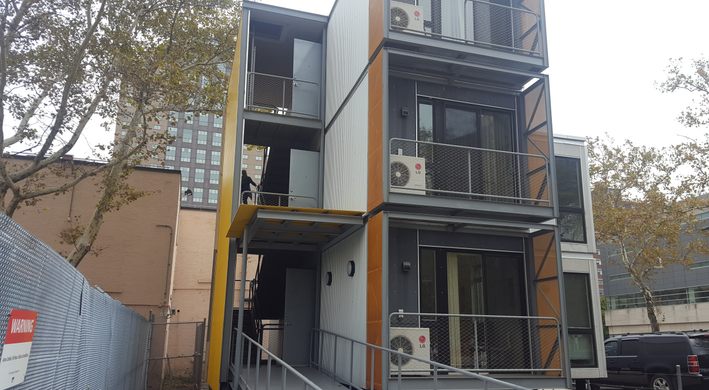
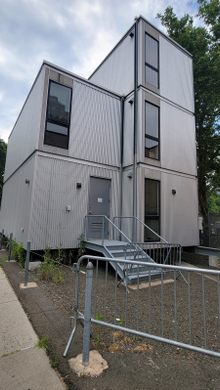
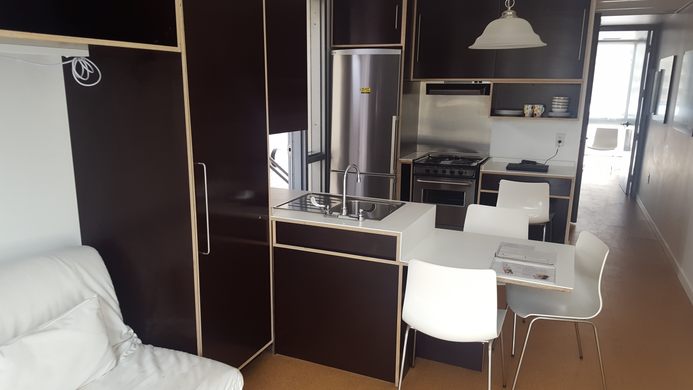
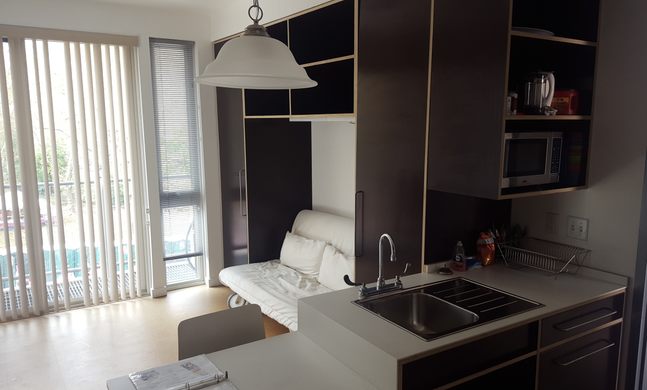
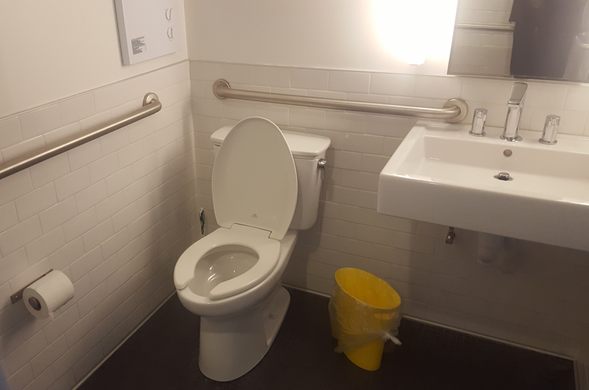










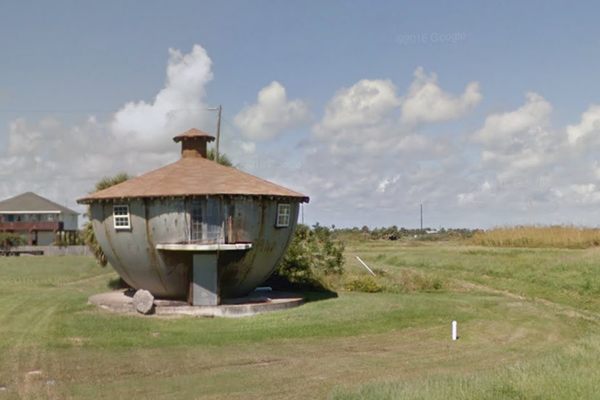


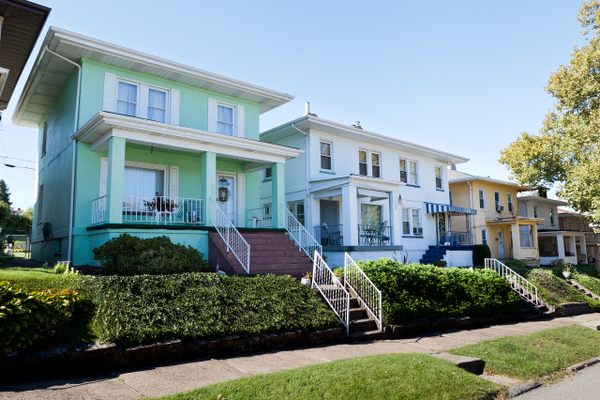

Follow us on Twitter to get the latest on the world's hidden wonders.
Like us on Facebook to get the latest on the world's hidden wonders.
Follow us on Twitter Like us on Facebook